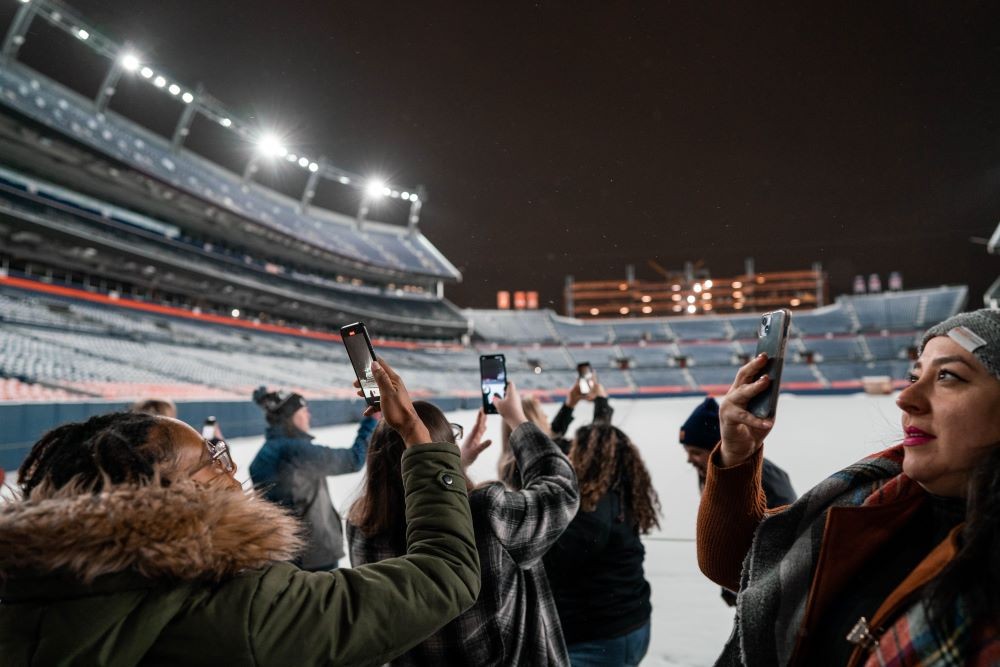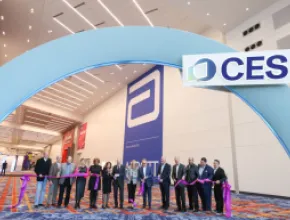Incentive travel has been looking different lately, and thanks to social media apps like Instagram and our industry connections’ LinkedIn feeds, we’ve all had a chance to see that for ourselves. (Let’s be honest, social media gave us no other choice.)
As the name implies, incentive travel is meant to motivate, and to successfully motivate someone you have to make them want something. The purpose of incentive travel programs has always stayed the same; what’s changed is the people those programs are made for—along with what those people want.
According to the Incentive Research Foundation (IRF) 2024 Trends Report, 60% of those people will be Millennials and Gen Zers (roughly between the ages of 16-44) by 2025 as the workforce shifts to being one dominated by younger generations. And as more Gen Z employees qualify for incentive travel programs, what they are looking for out of incentives is becoming clearer.
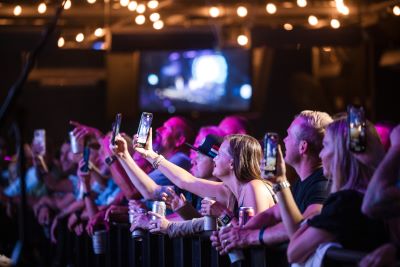
“It’s such an opportunity for us as we see this shift in the workplace and the workplace skewing younger—and that’s your qualifier, your attendee, your experience designer, your program designer—that’s a great opportunity for us to take a fresh look at some of these incentives,” said Annette Gregg, CEO of SITE. “If you look at some statistics, Gen Z is just a very well-traveled generation, and they are very experimental. They also want a lot of authenticity. They want to go places—it doesn’t have to be somewhere that no one’s ever been, but if you’re going to take them to one of these wonderful places that we all know—London, Paris, New York City—they want to see it differently.”
And they want their social media followers to know when they do.
“We have seen that Generation Z enjoys travel, but they like those ‘Instagram-worthy’ moments,” said Richelle Suver, chief revenue officer at One10, an events marketing and business consulting company. “Everything now is social. If you can provide a moment that is photo-worthy to put on social media, this is the ultimate marketing and the ultimate ‘bragging rights’ for incentive winners.”
Destination Concepts inc (DCi), a San Diego-based DMC, recently organized one of these “Instagram-worthy” moments at Empower Field at Mile High in Denver for an incentive event for 900.
“Attendees were given access to the field for photos while being escorted by the Denver Broncos’ mascot, Thunder,” said Regina Key, senior director, marketing and creative services at DCi. “The NFL season had just finished and there was fresh snow on the field.”
What do other “Instagram-worthy” incentive moments look like? According to Gen Z (and incentive industry experts), the answer is off-the-beaten-path destinations, authentic local experiences, freedom of choice and enough down time to make a program their own.
[Related: Explore The Shifting Trends in Incentive Travel Destination Selection]
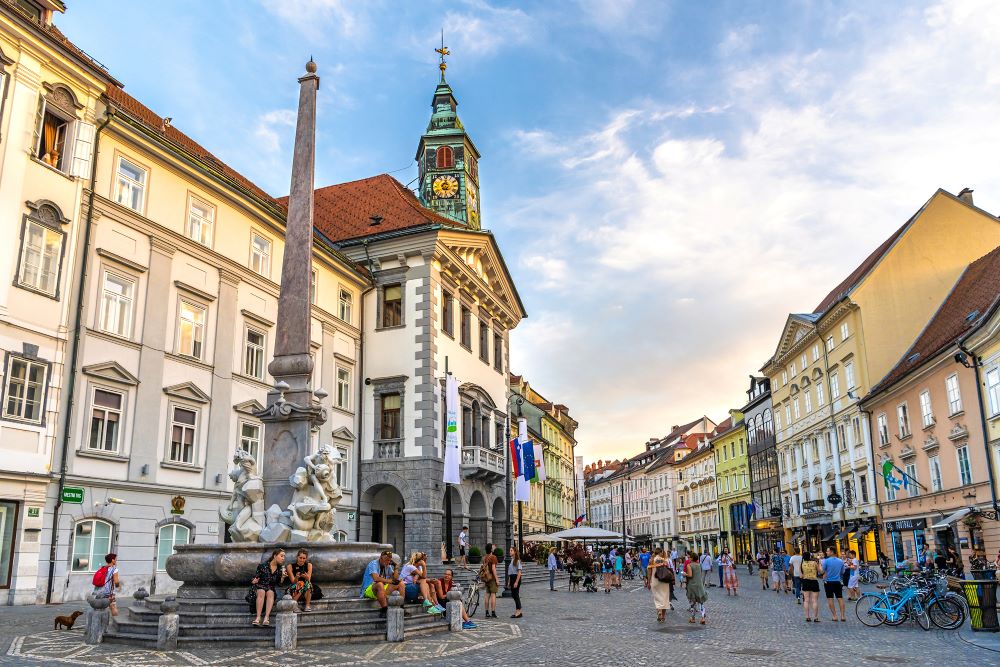
Off-the-Beaten-Path Destinations
One trend younger generations are setting in today’s incentive travel programs is an increasing desire to visit new and unique destinations, and results from the IRF 2024 Trends Report back that up. More than 70% of respondents to the 2023 Incentive Travel Index (ITI) cited a strong drive within organizations to utilize destinations that are new to their group as a top incentive travel program priority.
“Up-and-coming destinations and those beyond bustling city centers are gaining traction. For instance, rather than Rome, there’s growing interest in places like Puglia, [Italy],” said Catherine Chaulet, president and CEO of Global DMC Partners. “Similarly, smaller or lesser-known Greek islands are capturing attention over Athens.”
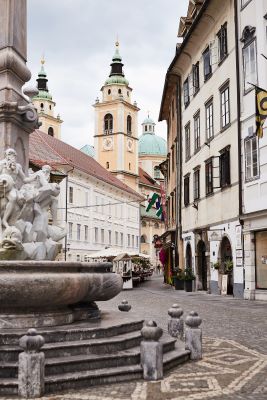
In the time shortly after the pandemic when incentive travel began its slow and steady return, incentive qualifiers showed a higher interest in visiting traditional destinations that they had some sort of familiarity with, likely for the sense of safety these destinations offered.
“One thing we’re seeing now is a shift in how courageous some of the [destination] choices are,” Gregg said. “So back in the first couple years after the pandemic, some of the location choices were just a little safer with people coming back after a couple years. Planners wanted to be a little safer and maybe just stay closer to home or pick a location that was a little more predictable for qualifiers, maybe one they had done in the past, because they wanted their qualifiers to feel comfortable.
“But now you’re seeing all that’s changing. They’re trying new destinations,” Gregg continued. “The majority of our respondents to [the ITI] are saying, ‘Let’s go somewhere new.’”
While the top destinations planners intend to use this year are the Caribbean, Mexico and Western Europe, according to the IRF 2024 Trends Report, more far-flung locales such as Eastern U.S. destinations like Maine and Vermont are creeping up the list.
Social media and pop culture also seem to be influencing Gen Z when it comes to destination selection.
“We are seeing more under-the-radar destinations coming on board as Gen Z is leaning toward more off-the-beaten-path [destinations] thanks to the wealth of travel shows and influencers,” Key said.
“Furthermore, destinations featured in popular streaming shows (i.e. the White Lotus effect) are attracting significant interest from Generation Z travelers,” Chaulet said.
Authentic Local Immersion
No matter where an incentive trip takes them, whether it be to a meetings metropolis like Las Vegas or San Diego, or an up-and-coming city on the rise (check out our new Taking Off column for Danielle LeBreck’s latest recommendation!), Gen Z likes seeing what’s below a destination’s surface.
“That is the next-level stuff. How are we really taking into consideration the local, true, authentic assets of a destination? Because that’s the new, immersive and authentic experience that Gen Z wants,” Gregg said.
Results from the 2023 ITI showed that cultural sightseeing experiences are the most appreciated activity in an incentive travel program, and according to the IRF 2024 Trends Report, incorporating elements of local culture into incentive travel programs leaves a long-lasting impact on attendees that follows them back home.
“The approach to discovering destinations has evolved from an outsider’s viewpoint to a more empathetic and exploratory one, embracing the uniqueness of each place through personal connections,” Chaulet said. “Attendees now seek to fully immerse themselves in a destination, actively contributing to local economies and causes to make a tangible difference.”
These authentic local experiences don’t have to be anything fancy to please Gen Z, either. Activities and excursions shouldn’t make the destination look shiny and perfect; they should just be real.
[Related: Dear Ashley: 7 Ways to Immerse Attendees in Local Culture Pre-Arrival]
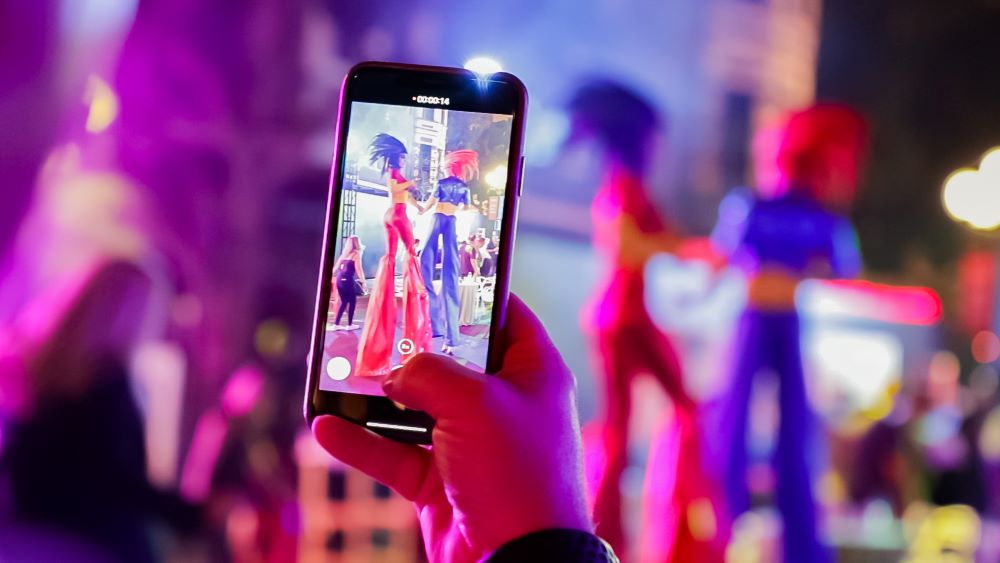
Insta-Worthy Authentic Activities
Last year, SITE hosted its third Incentive Summit Europe in Ljubljana, Slovenia, and worked with the Slovenian Convention Bureau to organize local experiences, showcasing the culture of the destination authentically while providing an educational component.
Fredi Fontanot, director of the Slovenian Convention Bureau, said the team focused on the destination’s sustainable, authentic and unique experiences, choosing activities from different fields that would deliver something special for attendees.
“Younger generations are interested in various things, but they must all be connected by a common thread: authenticity,” Fontanot said. “They like real local stories, local food and drinks. They like to interact with traditions and the people. This focus on authenticity drives our approach to creating meaningful and memorable experiences that resonate with our younger participants.”
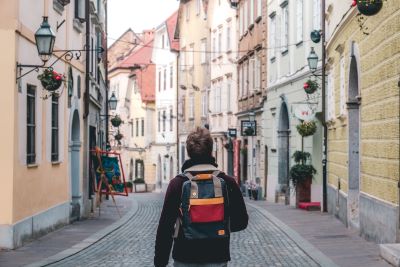
It’s the same approach the Slovenian Convention Bureau took when crafting activities and excursions for SITE’s Incentive Summit Europe attendees last year.
“Regular walking tours can get boring, so we decided to take a different direction,” Fontanot said. “We arranged a special walking tour of Ljubljana (our capital) with the homeless—Ljubljana through the eyes of the homeless. Who knows the streets better than these people, whose stories of the city are amazing and heart-touching? The experience made a strong impression and exemplified tours in our regular tourist offer, giving back to the community and offering interesting programs to the visitors.”
It doesn’t take an off-the-beaten-path destination like Ljubljana to deliver authentic local experiences either. Popular meetings destinations like New York City and Los Angeles have just as much authentic local culture to offer as anywhere else. Sometimes, all it requires to find those authentic moments is reimagining a traditional experience to take it one level higher.
“Instead of treating your winners to a gourmet dinner in the heart of Manhattan at an award-winning restaurant, [such as] Daniel, buy out the restaurant and allow them to a private presentation and tasting with Chef Daniel Boulud—something they likely couldn’t do on their own,” Suver said. “Make the tried-and-true one-of-a-kind! Cultivating unique experiences that you can’t replicate on your own is powerful.”
“An incentive trip to Los Angeles can include a stay at a posh hotel in Beverly Hills, but Gen Z wants to experience the art and culture beyond the hotel grounds with a trip to the thriving downtown L.A. culinary scene,” Key said. “It’s all about giving incentive qualifiers a well-rounded experience so they feel less like tourists and more like locals.”
[Related: Dear Ashley: Creating Opportunities for Local Communities to Engage in Destination Events]
Freedom of Choice and Down Time
Today’s incentive qualifiers also want to feel like they’re in control of how they spend their time.
“Gone are the days of bus tours where everyone participated in the same activity,” Chaulet said, noting that younger generations have put a higher value on dedicated down time and personalized experiences that allow them to make an incentive program their own.
“Related to things that are fading, I would say having events that are structured from morning until evening,” Suver said. “This trend is giving way for more leisure time and activities of choice for the participants/winners and is partially due to demographic changes. Unlike generations before, today’s winners like a good amount of free time.”
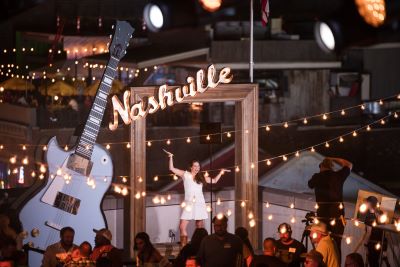
With this in mind, incentive planners have been creating programs that are more flexible. They’re allowing attendees more time to relax and, instead of having every attendee participate in the same activity, giving them multiple options to choose from.
Allison Cooper, SVP, event experiences at Osaic (one of the nation’s largest providers of wealth management solutions), said personalization and freedom of choice are two things her team prioritizes when developing incentive programs.
“One of the things we do is ‘Choose Your Journey,’” Cooper said. “Some people may want to sit on the beach and sip a cocktail. Some may want to zipline or go shopping. For our incentive trip this year at [Hotel Xcaret México], which is in the Riviera Maya, the resort has these onsite parks, and each park has a different type of experience. One park is about thrills, with ziplining and rock-climbing and all that stuff, and then there’s one that’s more family oriented. That really aligned with what we’re trying to accomplish with our incentive this year by offering options for our attendees.”
“Planners need to prioritize variety when developing programs for younger qualifiers—keep all attendees in mind and offer a range of experiences that best show the destination to the attendees,” Key said. “Personalization is key to rewarding younger qualifiers!”



